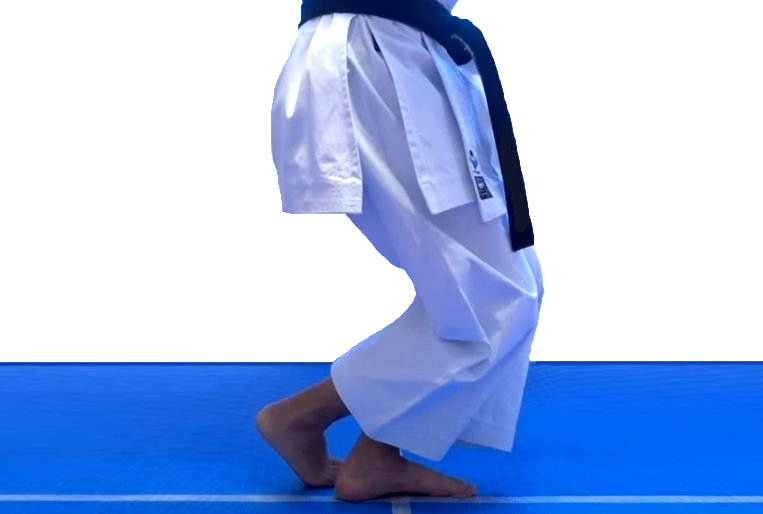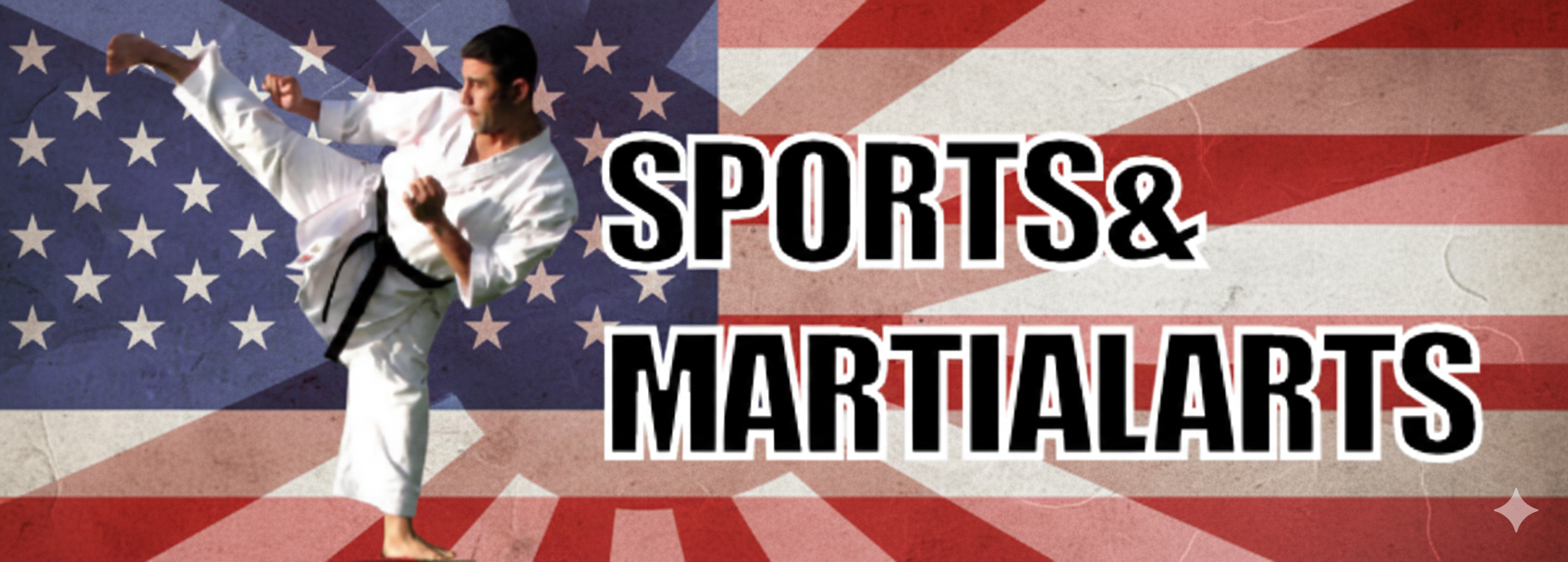Kosa Dachi: The Cross Stance in Karate
As a martial artist and your sensei, I aim to guide you through one of the fundamental stances in Karate—Kosa Dachi, also known as the Cross Stance. This versatile stance is an integral part of many katas and plays a crucial role in enhancing your stability, fluid transitions, and combat efficiency. Mastering this stance not only improves your overall technique but also lays the foundation for delivering precise and powerful movements.
Kosa Dachi is particularly notable for its role in generating and controlling power during katas. It allows for quick directional changes and creates opportunities for offensive and defensive maneuvers. Let’s break it down step by step to ensure you understand its structure and significance. This stance is essential for executing movements with precision and power in any kata.
Understanding Kosa Dachi
What Is Kosa Dachi?
Kosa Dachi (交差立) translates to “Cross Stance” in English. It’s characterized by both legs being bent and crossed, with the shin of the back leg touching the calf of the front leg. This compact position provides stability and is often used for turning, dodging, or landing from a jump.
Key Features of Kosa Dachi
- Leg Position: Both legs are bent, with the back leg’s shin touching the front leg’s calf.
- Weight Distribution: About 90% of your body weight is on the front leg.
- Foot Placement: The front foot is flat on the ground, pointing forward, while the rear foot’s toes and ball rest lightly on the floor, angled about 90° to the front foot.
- Compact Stance: The feet are generally shoulder-width apart or slightly narrower for better stability.
- Hip Engagement: The angle and stability may vary based on hip movement and application.

How to Perform Kosa Dachi
Follow these steps to execute Kosa Dachi effectively:
- Start in Moto-Dachi: Begin in the basic Moto-Dachi stance.
- Move Your Back Leg: Bring your back leg forward, tucking the knee behind the front knee.
- Position Your Feet: Place the toes and ball of your back foot on the ground while keeping your front foot flat.
- Align Your Body: Keep your back and neck straight, pelvis tilted upward, and lower abdomen engaged.
- Check Your Angles: Ensure your feet form an approximate 90° angle and adjust for balance.
Step-by-Step Instructions
- Move your back leg forward, aligning the knee behind the front knee.
- Place your front foot flat on the ground.
- Touch the ground with only the toes and ball of your back foot.
- Keep your back straight and neck aligned.
- Tilt your pelvis upward to stabilize your core.
- Engage your lower abdomen for balance and strength.
Benefits of Kosa Dachi
Practicing Kosa Dachi offers several advantages:
- Stability: Provides a strong base for counter-attacks.
- Smooth Transitions: Facilitates fluid movement between stances.
- Enhanced Combat Skills: Prepares you for dynamic combat scenarios.
Recommendations for Practicing Kosa Dachi
- Warm Up: Always warm up your legs and hips before practicing stances.
- Focus on Alignment: Pay close attention to your feet, knees, and hips.
- Start Slowly: Practice the stance slowly to build muscle memory.
- Seek Feedback: Use a mirror or ask your training partner to check your form.
- Integrate into Katas: Apply Kosa Dachi within katas to understand its real-world application.
- Stay Consistent: Regular practice will enhance your stability and confidence.
Conclusion
Kosa Dachi is more than just a stance; it’s a foundation for effective movement and balance in Karate. Mastering this stance will elevate your martial arts skills, making your transitions smoother and your techniques sharper. Remember, practice and dedication are key. Embrace the journey, and let’s continue refining your skills together. Oss!
Karate Requirements
- Karate Stances
- Karate Punches
- Karate Kicks
- Karate Blocks
- Karate Strikes
- Karate Traditional Katas
- Karate Traditional Weapons
- Karate General Terminology
Follow our Social Media!











